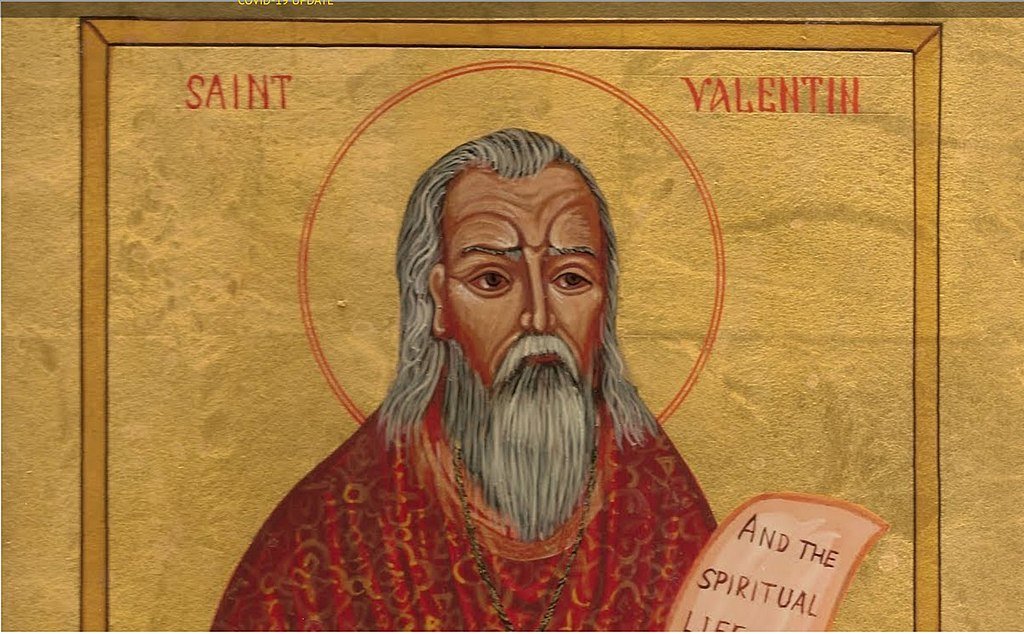Different types of coal
Below are the different types of coal:
So we understand that there is not one, but many different types of coals. These come in several forms, classified according to the percentage of carbon and the percentage of volatile matter:
Anthracite
Anthracite is 95% pure carbon and 5% volatile. It is an excellent fuel that is still used for heating the house and the principal uses of which are in the metallurgy sector.
Sub-bituminous coal
Sub-bituminous coal contains 35%–45% carbon, whose properties range between those of lignite and those of bituminous coal, is used primarily as fuel for steam-electric power generation.
Bituminous coal
Bituminous coal contains 40 to 80% carbon, a dense sedimentary rock, usually black, but sometimes dark brown, often with well-defined bands of bright and dull material. It is used primarily as fuel in steam-electric power generation and to make coke. Known as steam coal in the UK, and historically used to raise steam in steam locomotives and ships.
Lignite
Lignite contains 65 to 75% carbon and 50% volatile matter. This fuel, mediocre because it is very humid, is used for industrial boilers. Lignite can be separated into two types. The first is xyloid lignite or fossil wood and the second form is the compact lignite or perfect lignite.
Although xyloid lignite may sometimes have the tenacity and the appearance of ordinary wood, it can be seen that the combustible woody tissue has experienced a great modification. It is reducible to a fine powder by trituration, and if submitted to the action of a weak solution of potash, it yields a considerable quantity of humic acid. Leonardite is an oxidized form of lignite, which also contains high levels of humic acid.
Peat
Peat is little evolved vegetable matter, it is not a charcoal in the strict sense. Its carbon content is 55% and it is composed exclusively of volatile matter. It is a bad fuel which was used a lot all over Europe in the form of dried bricks for heating, but which is only used locally (in Ireland, for example).
Read also: Carbon is the chemical element with atomic number 6 and symbol C
Sources: PinterPandai, Science Direct, USGS


